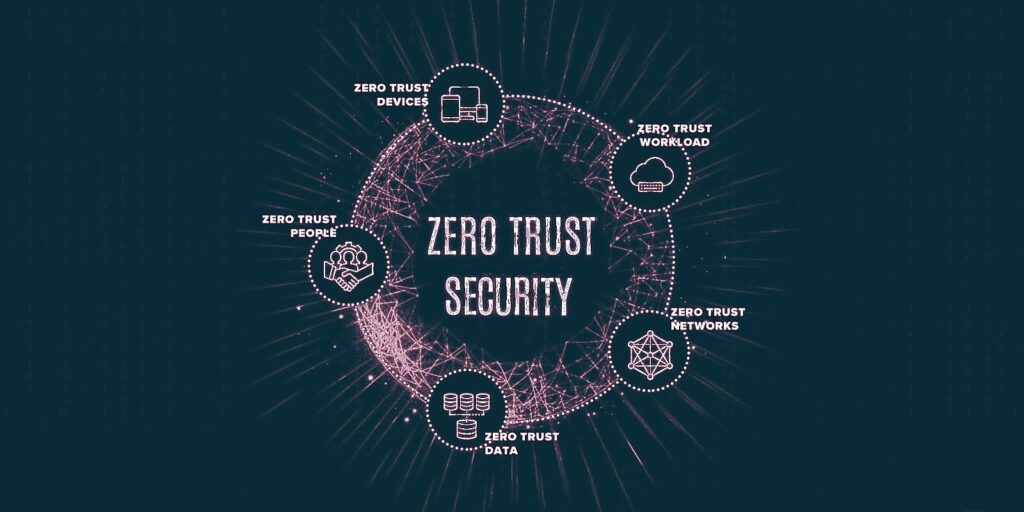Boosting Zero Trust Network Security with Identity & Access Management Solutions
In today’s interconnected digital landscape, where data breaches and cyber threats are increasing, organizations are increasingly adopting robust security measures to protect their valuable assets. According to Gartner Zero trust network access (ZTNA) is now typically deployed to replace remote-access VPN, but overly complex policies are inhibiting adoption.
One such approach gaining popularity is Zero Trust, a security framework that challenges the traditional perimeter-based security model. Zero Trust’s core is the principle of “never trust, always verify.” In this blog post, we will explore the crucial role of Identity and Access Management (IAM) in implementing Zero Trust networks and how it helps organizations strengthen their security posture.
Understanding Zero Trust Network
Zero Trust Networks operate on the fundamental principle of trust avoidance, where all users and devices inside and outside the network perimeter are treated as potentially untrusted entities. Unlike traditional network architectures that rely heavily on perimeter defenses, Zero Trust adopts a comprehensive and granular approach to access control. Every access request is evaluated and authorized based on contextual factors, such as user identity, device security posture, location, and behavior patterns.

The Role of Identity and Access Management (IAM)
IAM is pivotal in implementing Zero Trust networks by establishing a solid access control and authentication foundation. Here are some key aspects where IAM enhances the effectiveness of Zero Trust:
User Authentication and Authorization
IAM provides robust user authentication mechanisms, such as multi-factor authentication (MFA), to verify users’ identities attempting to access resources. By implementing MFA, organizations can significantly decline the risk of unauthorized access, even in the event of stolen credentials. IAM systems also enable fine-grained access controls, allowing administrators to define access policies based on roles, responsibilities, and least privilege principles.
Device Identity and Security
Zero Trust focuses on user identity and considers the security posture of devices attempting to link to the network. IAM solutions integrate with device management systems to ensure that only trusted and compliant devices are granted access. By enforcing policies such as device health checks, patch levels, and encryption requirements, IAM strengthens the network’s overall security.
Contextual Access Controls
IAM platforms provide the necessary capabilities to gather contextual information about users, devices, and network conditions. This contextual data is crucial in making access decisions in real time. IAM systems integrate with various sources of contextual information, such as user directories, identity providers, security information, and event management systems, to evaluate access requests based on the current context and risk factors.
Continuous Monitoring and Adaptive Access
Zero Trust networks rely on continuous monitoring and adaptive access controls to identify and respond to potential threats in real time. IAM solutions play a significant role in this process by providing real-time visibility into user activities, detecting suspicious behavior patterns, and triggering appropriate responses. For example, if an IAM system detects unusual login behavior or access attempts from an unfamiliar location, it can prompt additional authentication measures or temporarily block access until further verification.
Wrapping up
Implementing Zero Trust networks is a proactive approach to security that aligns with the evolving threat landscape. By leveraging Identity and Access Management (IAM) solutions, organizations can establish a strong foundation for access control, authentication, and authorization. IAM authenticates user identities and takes into account device security and contextual factors to make access decisions in real-time.
With IAM’s capabilities, organizations can effectively embrace Zero Trust and enhance their security posture by ensuring that only authenticated and certified users and devices can access critical resources while minimizing the attack surface and mitigating potential threats. Discover additional thought-provoking blogs by navigating to auxin.io.






